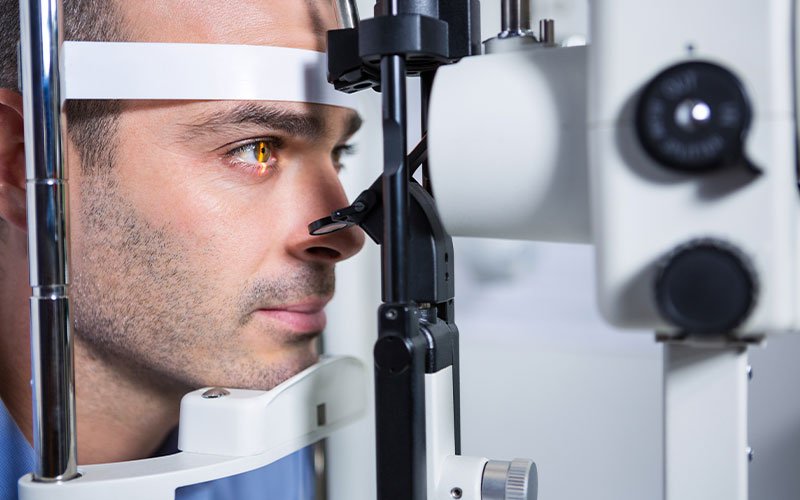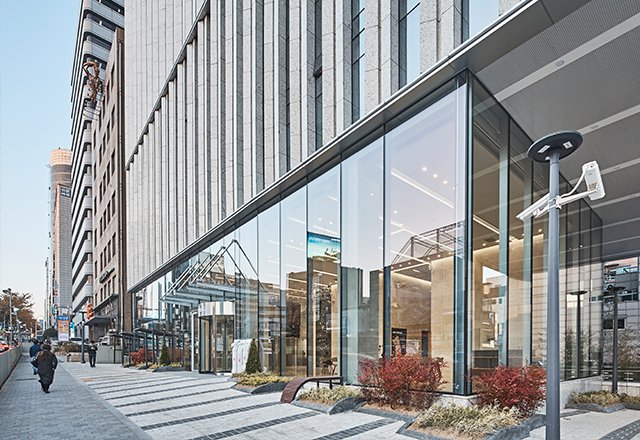For medical tourists with underlying health conditions—such as diabetes, autoimmune disorders, hypertension, or chronic dry eye—choosing the right country and clinic for laser eye surgery is critical. South Korea is globally renowned not just for its advanced technology and skilled surgeons, but also for its comprehensive pre-surgery screening, safety standards, and patient-centered care—making it a top choice for LASEK surgery, especially for patients with additional medical needs.
This total guide is tailored for medical tourists who want to correct their vision safely in Korea, even while managing other health conditions.
👁️ What Is LASEK and Why Is It Preferred for Medically Complex Patients?
LASEK (Laser-Assisted Sub-Epithelial Keratectomy) is a type of refractive surgery that reshapes the cornea using an excimer laser to correct nearsightedness, farsightedness, or astigmatism. Unlike LASIK, it does not involve creating a corneal flap, making it:
- Safer for patients with thin corneas
- More suitable for those with dry eyes
- Less invasive for patients with systemic medical conditions
Because it minimizes mechanical manipulation of the cornea, LASEK is often the go-to procedure in Korea for patients with health concerns that may affect healing or increase risk.
🏥 Why Korea Is Ideal for Medically Complex Patients Seeking LASEK
1. Extensive Pre-Operative Screening
Korean clinics are known for their thorough diagnostic testing, especially for patients with health concerns. This includes:
- Corneal thickness and topography
- Retinal scans and optic nerve evaluations
- Blood pressure and blood sugar checks
- Dry eye and tear film analysis
These tests help identify risk factors early and prevent complications, ensuring only eligible patients proceed to surgery.
2. Specialized Treatment Plans Based on Health Status
Korean ophthalmologists personalize LASEK treatment plans for patients with:
- Diabetes: Pre-surgical blood sugar monitoring, extended healing time support
- Autoimmune conditions: Coordination with your primary care physician or specialist
- Hypertension or heart conditions: Monitored blood pressure before and after surgery
- Chronic dry eyes: Pre-treatment with IPL, punctal plugs, or medicated eye drops
You won’t find a one-size-fits-all approach—everything is tailored to your specific health profile.
3. Access to University-Affiliated and Multidisciplinary Hospitals
Many Korean eye clinics are either:
- Affiliated with major teaching hospitals, or
- Located within large multi-specialty medical centers (e.g., Seoul National University Hospital, Asan Medical Center)
This allows coordination with other specialists—such as endocrinologists, cardiologists, or rheumatologists—if your condition requires additional clearance before LASEK.
4. Safer Surgical Techniques and Technology
Top Korean clinics use advanced, tissue-saving lasers (like Schwind Amaris, Allegretto Wave, or MEL 90) that:
- Remove less tissue during the reshaping process
- Customize treatment to reduce recovery time and risk
- Use wavefront-guided or topography-guided techniques for better outcomes
For patients with medical conditions, minimizing physical stress and ensuring precise outcomes is key—and Korean clinics prioritize both.
5. Post-Surgery Recovery Support for Complex Cases
Recovery is especially critical for patients with slower healing or heightened inflammation risk. Korean clinics offer:
- Prescription anti-inflammatory and antibiotic drops
- Tear film and corneal healing boosters like Regen-D, PRP eye drops, or autologous serum tears
- Enhanced monitoring schedules for high-risk patients
- Telemedicine follow-up to manage healing from abroad
✈️ Medical Travel Support for Patients with Health Conditions
Korea’s medical tourism infrastructure is highly organized, especially for patients with chronic conditions. Here’s how you’re supported:
| Service | Description |
|---|---|
| Multilingual coordinators | English-, Chinese-, Arabic-, and Russian-speaking staff assist with medical and travel needs |
| Health condition disclosure support | Clinics help you gather and interpret reports from your home country |
| Pre-travel consultation | Online/remote video screening to determine eligibility before you fly |
| Medical visa support | Help with expedited M-visas for health-related travel |
| Customized recovery accommodations | Stay in facilities with nursing care, meals for diabetic patients, or transport to/from the clinic |
🔬 Are There Any Risks with LASEK for Medically Complex Patients?
Yes—but Korean clinics are trained to reduce or manage these risks, which may include:
| Risk | Mitigation in Korea |
|---|---|
| Slower healing (esp. with diabetes) | Special lubricating and healing drops, monitored post-op visits |
| Inflammation (autoimmune issues) | Tailored steroid regimens and ophthalmologist-immunologist coordination |
| Fluctuating vision (unstable blood sugar or meds) | Postpone surgery until levels stabilize; ongoing monitoring |
| Severe dry eye symptoms | Use of IPL, meibomian gland therapy, or regenerative tear therapy |
💰 How Much Does LASEK Cost in Korea for High-Risk Patients?
The base price for LASEK in Korea ranges from USD $1,200–$2,500 per eye, but costs may vary slightly if additional treatments are needed (e.g., dry eye therapy, extended pre-op screening).
| Item | Estimated Cost |
|---|---|
| LASEK surgery (both eyes) | $2,000 – $3,500 |
| Pre-op exams for high-risk patients | Included or $100–$300 |
| Extra recovery therapies (PRP, autologous drops) | $100 – $500 |
| 5–7 day recovery accommodation | $70–$150/night depending on services |
📋 Step-by-Step Guide: How to Book LASEK in Korea with Medical Concerns
- Pre-Screening
- Contact the clinic and send medical reports
- Online consultation to confirm you’re a candidate
- Travel Planning
- Book flights, secure medical visa (if needed), confirm accommodations
- In-Person Assessment
- Undergo thorough eye and systemic health checks upon arrival
- Surgery Day
- 30–45 minute procedure under local anesthesia
- Rest and light activity for 2–3 days
- Recovery & Monitoring
- Scheduled follow-up visits
- Receive eye drops, pain management, and healing guidance
- Travel Home
- Most patients can fly home within 5–7 days
🧭 Final Tips for Medical Tourists with Health Issues Seeking LASEK in Korea
| Tip | Why It Helps |
|---|---|
| Disclose all health conditions in advance | Helps clinic prepare safer treatment |
| Bring your medical reports and prescriptions | Ensures compatibility with eye surgery |
| Plan a longer stay (7–10 days) | Allows for more recovery and doctor check-ins |
| Choose a clinic affiliated with a major hospital | Extra security if complications arise |
| Ask about dry eye and enhancement policies | Long-term vision care is crucial for complex cases |
✨ Conclusion: LASEK in Korea Is a Safe, Smart Choice — Even for Patients with Medical Challenges
Thanks to its medical sophistication, safety-first approach, and patient-centered care, South Korea is one of the best countries for LASEK eye surgery—especially for medical tourists managing health concerns. With the right clinic, customized care plan, and travel support, you can safely improve your vision and enhance your quality of life.




